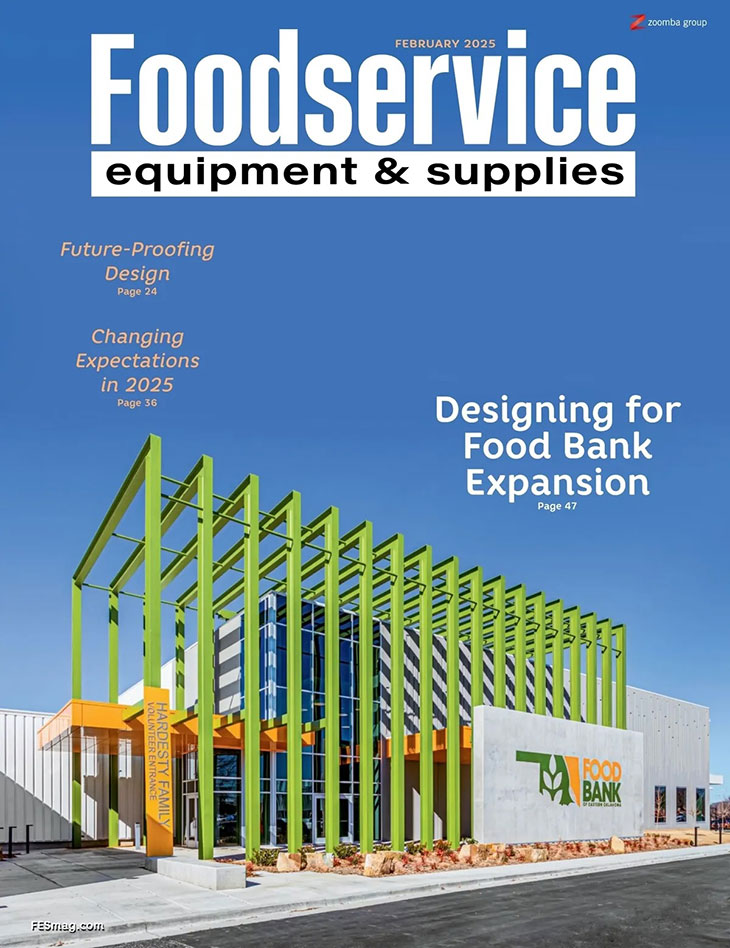It’s important to note that foodservice operators mainly use prep sinks for cleaning foods and slicing fruits and vegetables. These are not designated for hand washing.
The number of prep sinks a foodservice operation will require depends on how many hours staff will use them and the amount and volume of products staff will clean and prep during that time. Busier or larger operations may require a three-compartment sink, but not all municipalities mandate this; it depends on the products needing washing.
When determining where to place a prep sink, consider doing so near a cooler to reduce the number of steps staff will take during prep work.
Also consider the orientation of the cutting table when choosing a prep sink as the workstation represents an important aspect of the design. Operators need to consider the cutting area’s location and whether it warrants being on one or both sides of the sink.
Multi-unit operators may have to mirror other operations with their prep sinks’ orientation, so they need to consider that the majority of staff will be right-handed.
When it comes to prep sink installation, consider size and configuration. Sinks featuring anything but a straight-line design may not fit through an operation’s door in one piece. In this case, the sink must be brought into a kitchen in pieces and then welded into a single unit.











